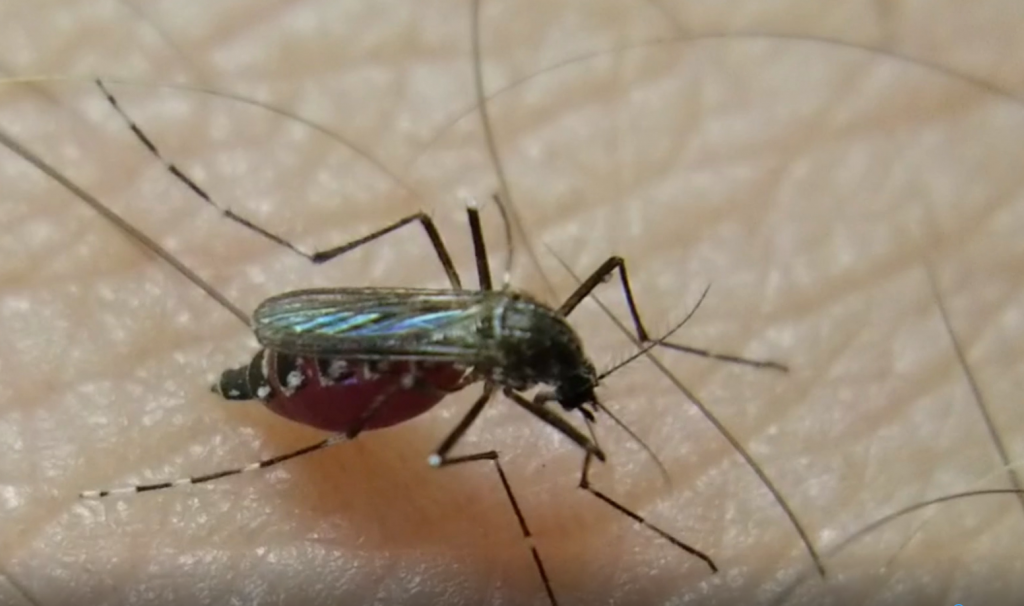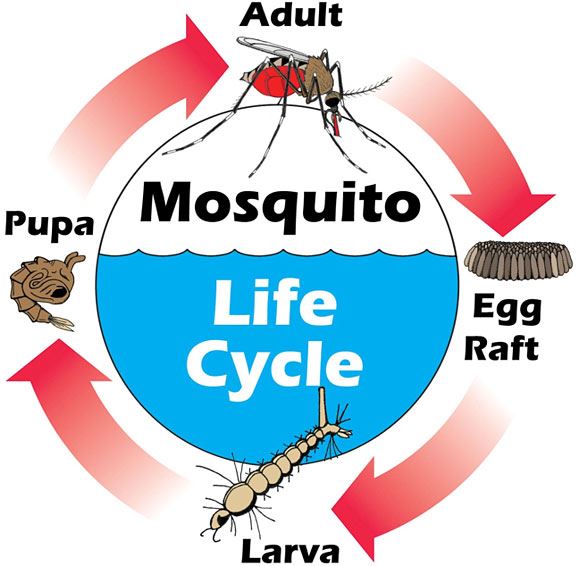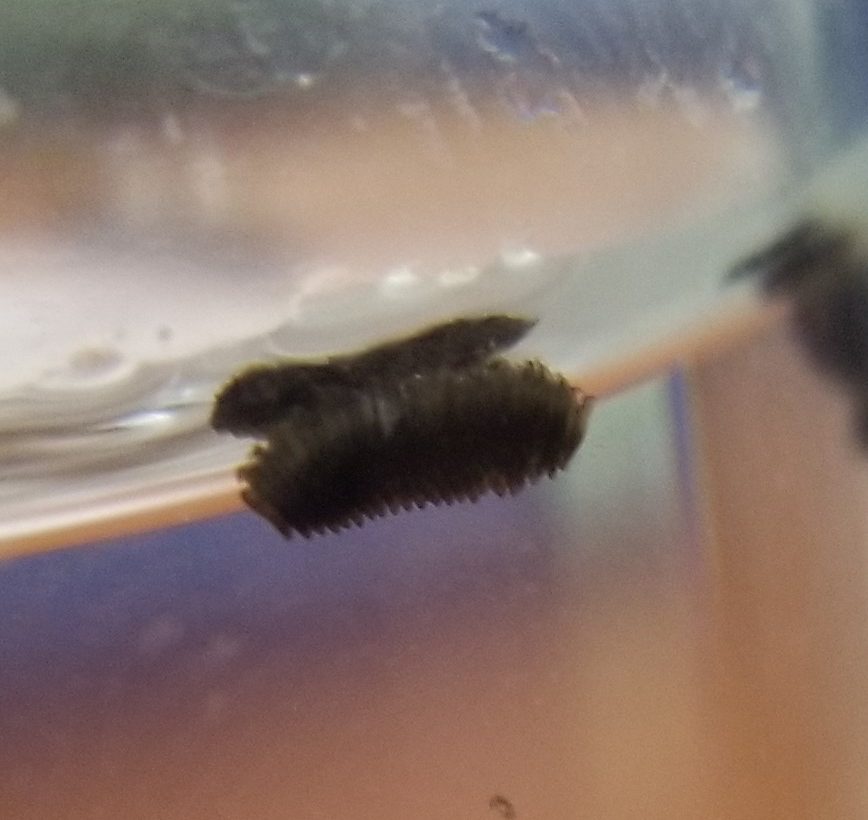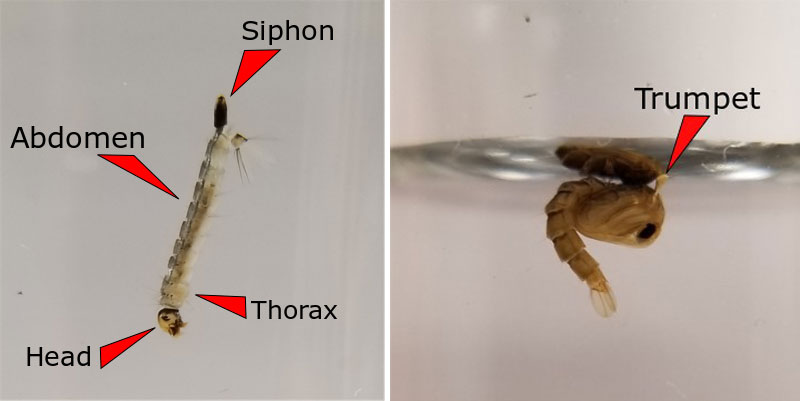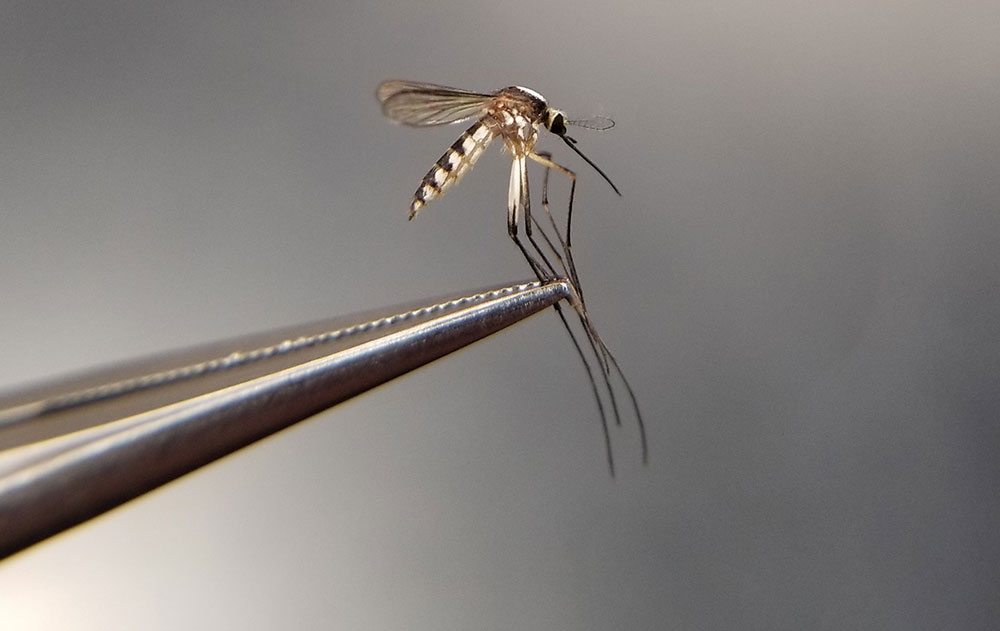We are experts on mosquito diets, life cycles, breeding habitats, and the control of mosquito populations.
Mosquitoes are a type of fly similar to a housefly. Like all flies, they only have two wings (one pair), and their mouth, which is called a proboscis, is modified to suck up food rather than chew it. Like all insects, they have an exoskeleton made of chitin instead of bones and three main body segments.
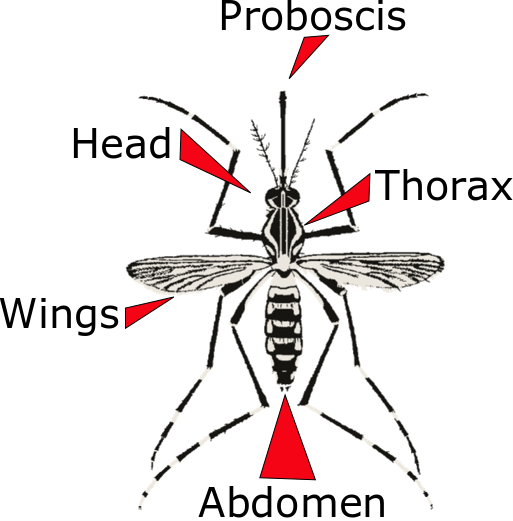
They have a head where their sensory receptors used in sight and smell are located, a thorax that contains muscles (flight muscles) that they use to move around, and an abdomen where they digest food.
Control and Bite Prevention
The best way to control mosquitoes is to prevent mosquitoes from breeding around your home. Remember, mosquitoes need stagnant water to breed. If you make sure that you do not have stagnant water around your home, then you eliminate the chance for mosquitoes to breed near you!
Do a self-inspection of your yard. If you notice an increase in mosquitoes on your property walk around and dump, drain, or cover any standing water you find. If you live by a forested area or natural standing water source like swamps, it might be impossible to get rid of the water source. In that case, you can give us a call to treat that water for you! Bite Prevention The best way to prevent mosquitoes from biting you is to prevent mosquitoes from breeding around your home (see control above).
If you are going somewhere that you know will be full of mosquitoes, or if you are outside at times when mosquito activity is at its peak (dusk and dawn) use these tips:
Apply insect repellent containing these EPA approved active ingredients.
- DEET
- Picaridin (known as KBR 3023 and icaridin outside the US)
- IR3535
- Oil of lemon eucalyptus (OLE)
- Para-menthane-diol (PMD)
- 2-undecanone
For more information about these repellents visit the CDCs website

